If you like Hanfu, you may have seen all kinds of Hanfu jacket, But maybe you can't tell the difference between Zhiduo (直裰), Daopao (道袍), and Zhishen (直身), because they all look almost the same from the outside, but in fact, there are a lot of differences in the details, so let's get to know the "Zhiduo" today!
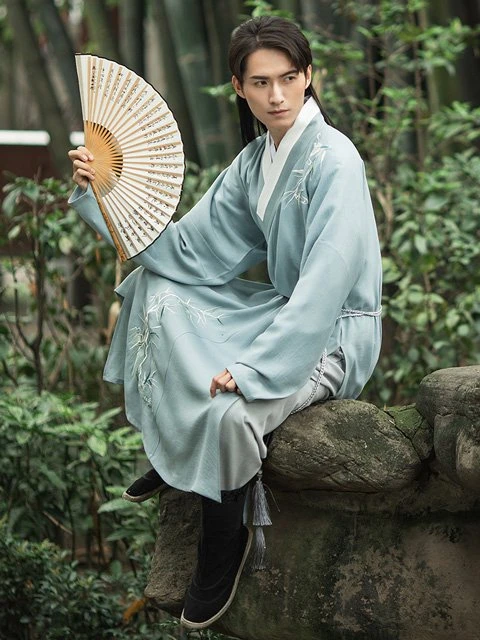
[Structure and History of the Hanfu Jacket: Zhiduo]
Zhiduo (直裰, also be called 直掇), has several key features:
- The collar shape is Jiaoling Youren (交领右衽, mean: crossed collars, tying to the right),
- Can be sewn a Huling (护领, sewn-on the collar area, mostly white and varying in width, to protect the collar from wear and tear and stains. In ancient times, the Huling was easy to dismantle and often replaced. Most of the Huling in contemporary Hanfu costume is preserved as a traditional feature.) on the collar.
- The making method of Zhiduo: Tongcai (通裁, cut in one piece, no seams on top and bottom).
- Usually narrow sleeves, but also straight or pipa sleeves.
- It is knee-length, and the length of the garment and the width of the sleeves vary according to the wearer's needs.
- The body of the garment is slit from the waist down, with no inner hem (Inner hem: Pleated with extra fabric on both sides of the body slit, which can cover the inner layer of clothing to maintain a sense of dignity and also support the structure of the robe, making it more upright and stable).
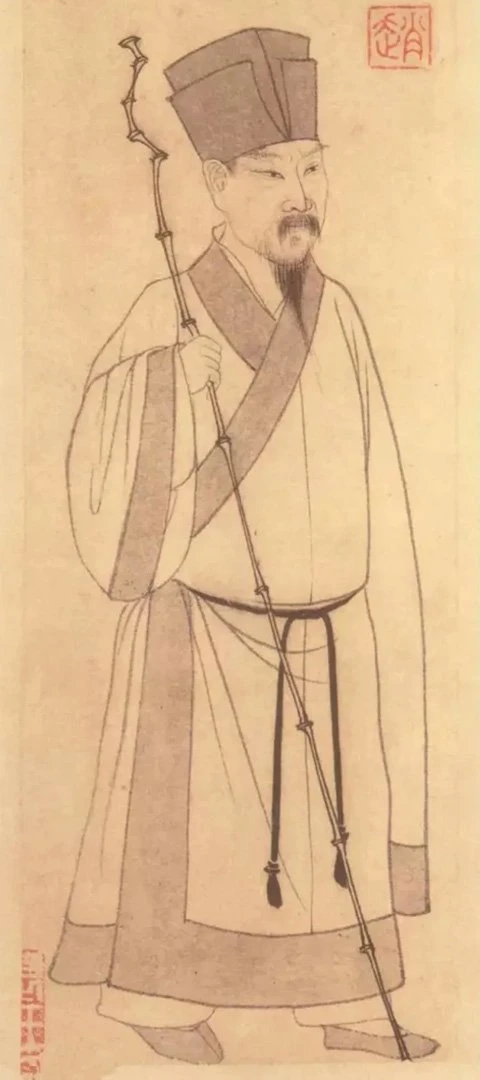
Su Shi in a Song-style Zhiduo and Dongpo towel.
The term "Zhiduo" had already appeared in the Song dynasty, but it did not refer to the same clothing at different times. During the Song Dynasty, Zhiduo, also known as a "Zhishen", with large sleeves, no slit, and black edges around the edges, was worn by monks and writers.
In the middle of the Ming dynasty, the phenomenon of "Zhiduo" being called "Taoist robes" in informal settings was documented, which shows the changing trend of clothing. "Zhiduo" in the Ming dynasty usually referred to the long clothes worn by the people, servants, and monks. When wearing a Zhiduo, can wear a silk waistband or belt, with a petticoat and underwear, with a small hat, shoes, and boots.
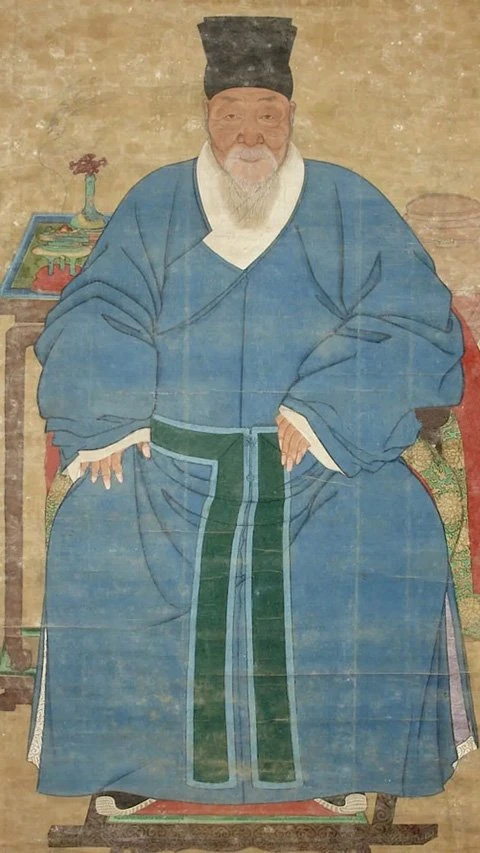
Zhiduo in Ming Dynasty Portraits
[Underwear options when wearing a Zhiduo]
The following styles can be worn with traditional Hanfu jacket menswear or as a private outfit. Depending on the occasion, weather, etc., you can choose flexible combinations and fabrics.
- Jiaoling short top: Jiaoling Youren, slit on both sides. Small sleeves, hip length.
- Guazi (褂子): straight collar, Duijin (对襟), with slits at the sides. Small, short or sleeveless sleeves, hip length.
- Xuanzi (衤旋子): pleated skirts, often with horse-face pleats in the front and back. The skirt is made of a series of pleated pleats, with a belt at both ends of the waist. The length of the skirt is knee-length, and it is often worn under the gown as a lining, but it can also be worn on the outer layer.
- Ku (袴): wide waist, narrow legs, length to suit the wearer. Ties at the waist of the trousers.
Men who are looking for a more daily style of Hanfu can start by trying a plain, narrow-sleeved Zhiduo. Stay tuned for future articles if you'd like to learn more about a similar Hanfu jacket!
More about Hanfu style can be found here.
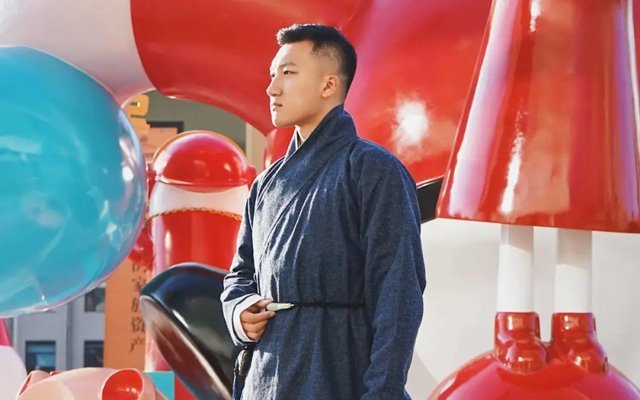


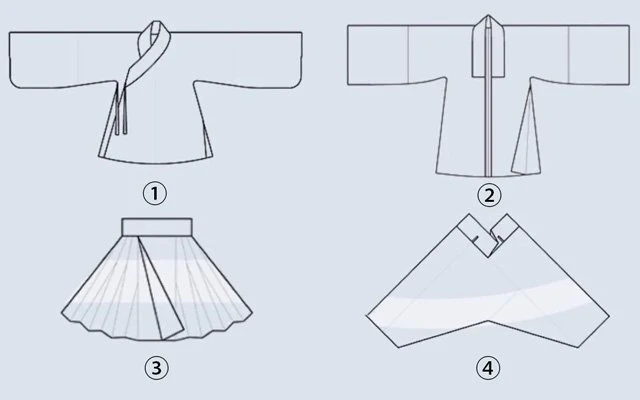
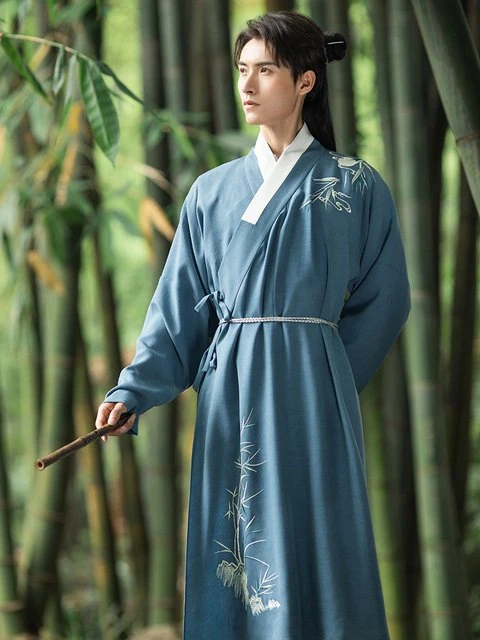
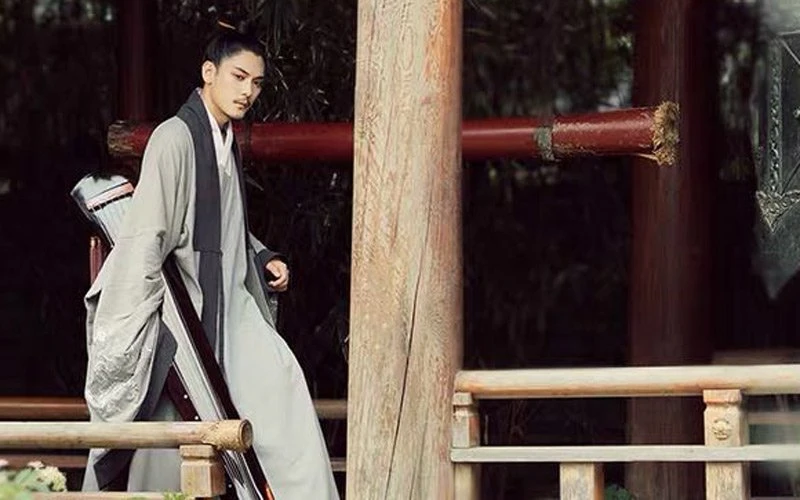
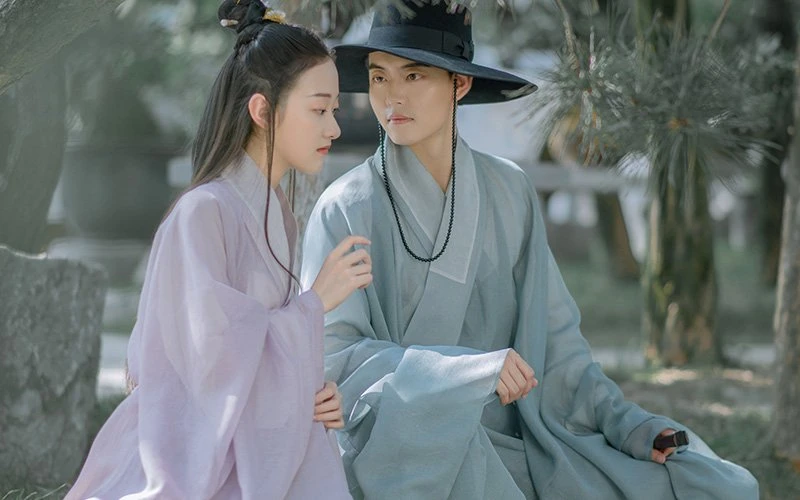
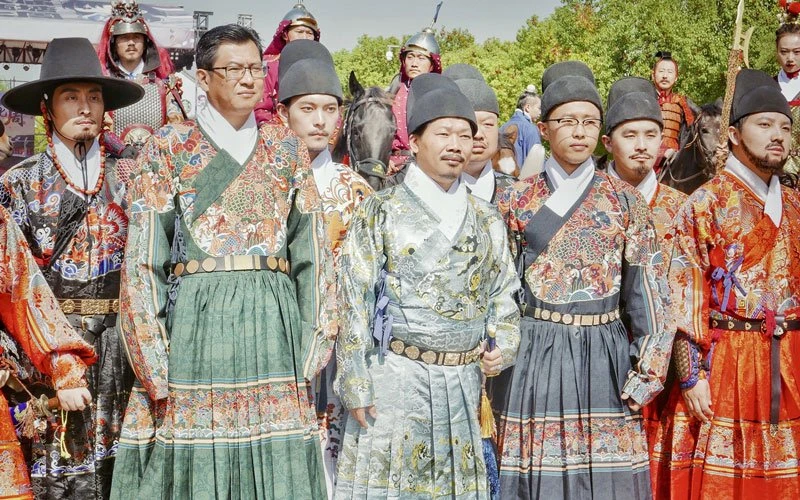
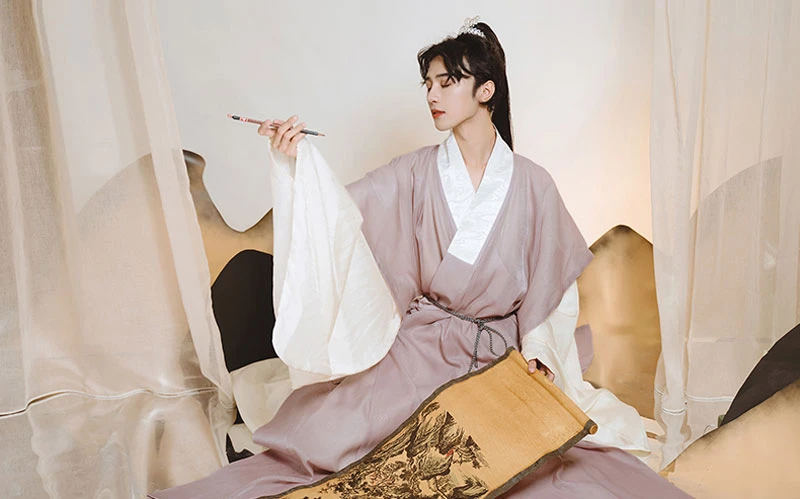

I never knew what the white section was called till now, thanks!